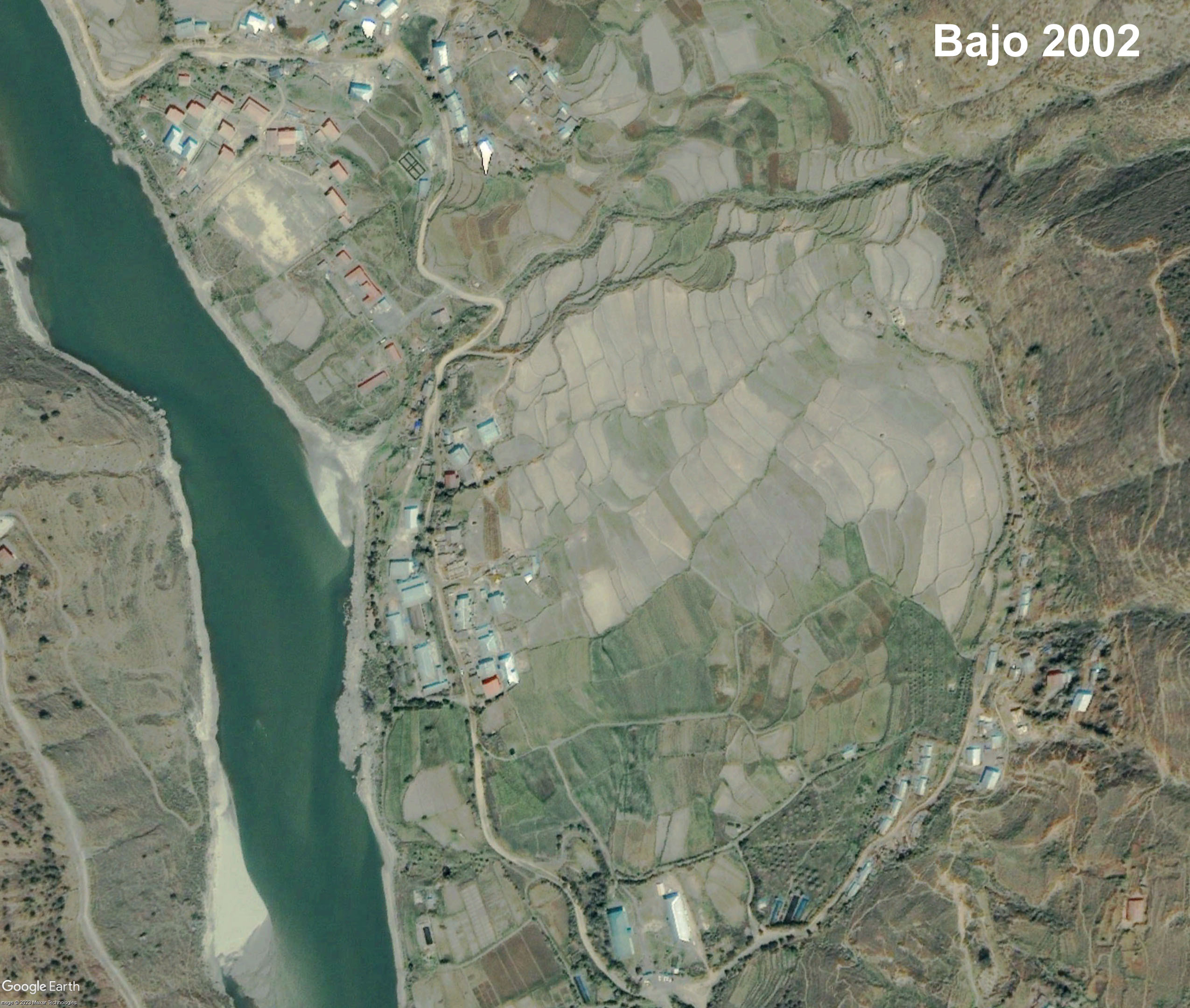Our reporter Yangyel Lhaden in conversation with National Land Commission Secretariat on National Land Use Zoning Baseline Report 2023
What exactly is National Land Use Zoning?
National Land Use Zoning (NLUZ) is a comprehensive framework that serves as a strategic guide for managing and optimising the utilisation of land resources across the country. This systematic approach involves recognising current land use patterns, re-allocating land use based on national priorities, and categorising unzoned areas into different zones according to their potential and suitability. By encompassing various dimensions such as natural, social, and economic characteristics, NLUZ aims to ensure sustainable development, minimise land degradation, and promote socioeconomic well-being through the designation of specific zones for agriculture, residential areas, conservation, and industrial zones, among others.
Relevance to Bhutan?
Bhutan should have NLUZ because it offers a structured and holistic national approach to managing land resources, aligning development priorities with environmental sustainability. By implementing this framework, the country can optimise land utilisation, manage resources efficiently, and minimise conflicts over land use, all the while preserving its natural environment, cultural heritage, and traditional way of life. NLUZ provides a strategic tool for informed decision-making, promoting socio-economic development while safeguarding critical ecosystems and contributing to the country’s unique environmental heritage—a vital step towards achieving the goals of sustainable development and Gross National Happiness.
What took Bhutan so long to adopt the system?
The delay in implementing NLUZ can be attributed to various factors such as limited resources, lack of technical expertise, competing priorities, and challenges in coordination among government agencies and stakeholders. Implementing a system like NLUZ requires careful planning, coordination, and consensus-building among various entities. It takes time to develop a comprehensive framework that aligns with the country’s development goals and priorities while addressing the complexities of land use management effectively.
Most of the areas in the country were built long before NLU. How can having such a system now help?
Having NLUZ now is crucial for effective land management and sustainable development, despite past developments occurring without prior zoning. NLUZ enables us to guide future development in a planned and organised manner, re-evaluate existing land uses, identify areas for improvement, and plan for sustainable growth. It allows for better infrastructure planning, environmental protection, and minimises land use conflicts while maximising benefits for present and future generations.
In remote areas, education infrastructure have remained idle. Similarly, more fields have turned fallow over the years. Where does NLUZ fit in this context?
The NLUZ not only considers changes in land use, including repurposing abandoned structures like closed schools and fallow fields but also recommends appropriate zoning adjustments to maximise land productivity and address local needs. Building upon the NLUZ baseline report, future iterations of the framework will specifically target issues such as unused school structures and fallow fields in remote areas. By providing a structured framework for land management, the NLUZ will enable targeted interventions to revitalise underutilised areas, promoting socio-economic development, and community empowerment.
Every five years, our political parties pledge more roads and hospitals. How does the NLUZ accommodate such needs?
The NLUZ accommodates evolving needs such as infrastructure development by integrating spatial planning considerations. This framework will provide clear guidelines for strategic infrastructure placement, identifying suitable areas for roads, hospitals, and other facilities within the context of sustainable land use planning. Once fully implemented, the NLUZ will ensure that future projects align with national development goals while minimising adverse environmental and social impacts.

Formulating NLUZ must surely need extensive collaboration between various agencies and stakeholders. Do you think NLUZ can be achieved sooner?
Achieving NLUZ requires collaboration and coordination among multiple agencies and stakeholders, which can be challenging. However, recognising collaboration as the cornerstone of successful NLUZ implementation, efforts are underway to foster inter-agency cooperation and stakeholder engagement. With dedicated efforts, capacity building, and strong governance mechanisms, NLUZ represents a collective aspiration that, with a shared commitment to sustainable development and inclusive governance which can be realised in due course.
The NLUZ has included HCV as one of the land use categories. How will this help address some of the concerns on unsustainable land use practices in the country today?
The inclusion of HCV as a land use category in NLUZ reflects Bhutan’s commitment to environmental stewardship and biodiversity conservation. By prioritising the protection of ecologically sensitive areas, biodiversity hotspots, and cultural heritage sites, NLUZ mitigates the adverse impacts of unsustainable land use practices. This approach safeguards critical habitats, preserves natural resources, and advances Bhutan’s sustainable development agenda by ensuring the long-term well-being of both the environment and future generations.
One of the important aspects of the land use planning report is to streamline the decision-making process related to land use planning across all levels of governance. How will the ongoing national land use zoning process drive an informed decision-making process?
The ongoing national land use zoning process facilitates informed decision-making by providing comprehensive data, analysis, and guidelines for land use planning at all levels of governance. This process enhances transparency, efficiency, and sustainability in decision-making related to land use by offering a robust framework for understanding current land use dynamics, identifying areas for strategic development, and setting clear guidelines for sustainable land management. By integrating scientific data and stakeholder inputs, it empowers policymakers to make informed decisions that balance economic development with environmental and cultural conservation, ensuring a prosperous and sustainable future for Bhutan.


